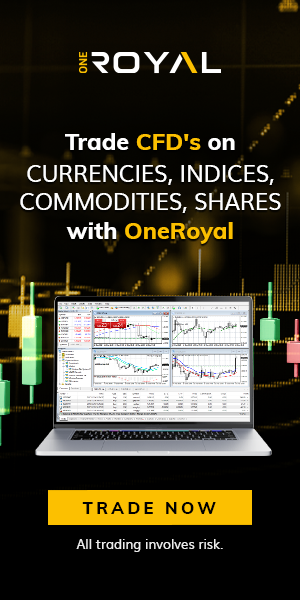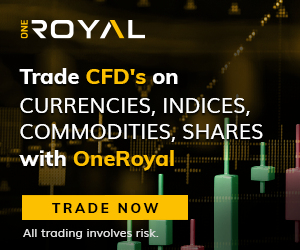Volatility refers to the degree of price variation in a currency pair over a specific period. It reflects market uncertainty and is influenced by economic events, geopolitical factors, and trader sentiment.
To determine volatility, one can use either the standard deviation or beta. The standard deviation quantifies the degree of price dispersion in a security.
The volatility of a security in relation to the market as a whole is determined by its beta. Beta can be calculated using regression analysis.
In This Post
Causes of Volatility in Forex
There are several factors that contribute to this, and they include:
Economic Data Releases
Key reports like GDP growth, employment numbers, and inflation rates impact currency values.
Geopolitical Events
Elections, conflicts, and trade policies create uncertainty, leading to price fluctuations.
Market Sentiment
Investor emotions and speculation drive price swings, especially during major financial crises.
Central Bank Decisions
Interest rate changes and monetary policies from central banks influence currency movements.
Types of volatility
1. Historical Volatility
HV measures price changes over predefined time periods to estimate the volatility of underlying securities. Compared to implied volatility, this metric is less common because it is not predictive.
It measures the fluctuations in the security’s prices in the past, and predicts the future movements of prices based on previous trends. However, it does not provide insights regarding the future trend or direction of the security’s price.
The price of a security will fluctuate more than usual when HV increases; it is expected that something has changed or will change in the near future.
On the other hand, if HV is declining, it indicates that all uncertainty has been removed and that things are returning to normal.
Though it frequently gauges movements based on the difference between closing prices, this calculation may be based on intraday changes.
Measurements of historical volatility can range from 10 to 180 trading days, depending on how long the options trade is expected to last.
2. Implied Volatility (IV)
This refers to the volatility of the underlying asset, which will return the theoretical value of an option equal to the option’s current market price. IV is a key parameter in option pricing. It provides a forward-looking aspect on possible future price fluctuations.
Measuring Forex Volatility
Traders use various tools to assess this, and they include:
Average True Range (ATR)
Measures the average price movement over a set period.
Bollinger Bands
Expanding bands indicate higher volatility, while contracting bands suggest stability.
VIX
Known as the “fear gauge,” it reflects market uncertainty and investor sentiment.
Conclusion
This is an integral part of forex trading, offering both opportunities and risks. Understanding its causes, measurement tools, and risk management techniques can help traders navigate uncertain market conditions effectively. By staying informed and using the right strategies, traders can turn this into an advantage.



